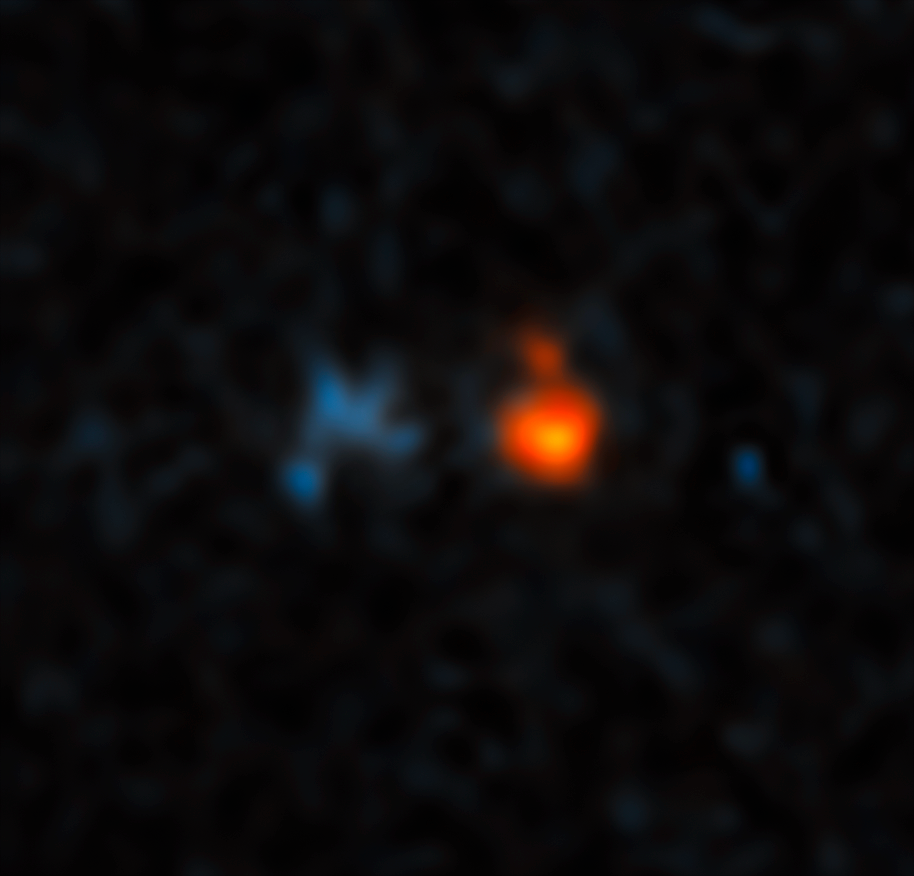One of the most exciting prospects in physics has been discovering that fundamental constants are not actually constant at all. When I first started writing, physicists and astronomers were just figuring out how to build instruments and statistical tools that would allow highly accurate measurements of fundamental constants from the distant Universe. The results have been consistently disappointing: the constants appeared to remain constant over time.
But that still leaves open the possibility that the fundamental constants may be subtly different in space rather than time. Now, new observations examine this possibility back to just about 750 million years after the Big Bang.
Frustrating constants
The fundamental constants are one of the mysteries of modern physics. These constants are not predicted by theory; instead, their values are measured and put into the equations. Our physical theories will accept pretty much any value for the fundamental constants, but if the values were even the tiniest bit different, our Universe would be unrecognizably different—to the extent that we would not exist. This is often referred to as the "fine tuning problem."
The response to this can be broadly broken into three classes, all of which lead to greater or lesser amounts of despair:
The “it’s all just random” class: There are so many universes that all possible combinations of fundamental constant values are represented somewhere. We live in this one because it is one in which we could exist. Since these other universes are (most likely) unobservable, proving this conjecture is probably an exercise in futility.
The “I give up” class: There is no deeper theory and we simply ended up like this for no reason that we can discern.
The “keep digging” class: There is a deeper theory that naturally produces a set of unique fundamental constants of the value we observe now.
Hence, searching for any details that shed light on the fundamental constants might allow us to choose our measure of despair.
The most common target for studying the fundamental constant is something called the "fine structure constant." The fine structure constant is a combination of four other fundamental constants: the speed of light, the charge on the electron, Planck’s constant, and the permittivity of free space. Except for the very special case where all the changes in the fundamental constants compensate each other, the fine structure constant should change if any or all of the involved constants are changing, making it a sensitive test.
The fine structure constant is very convenient to measure accurately since it partially determines the light emission and absorption properties of atoms. Absorption spectra are a fairly standard measurement in astronomy and in the lab. Hence, we can make comparisons between atomic species in the present, as well as in the distant past by looking at the distant Universe. We can also make comparisons between atomic species that are widely separated in space. And we can measure different atoms to give our measurements more statistical power.
The basic technique is to find a distant but very bright source of light and look for missing wavelengths where the light was absorbed by intervening gas clouds. The Doppler shift changes the color of the light absorbed by an atom—depending on how far away a gas cloud is, the missing colors will show up in different locations. So one light source can allow multiple measurements depending on how far away the different gas clouds are and what atomic species are present in the gas cloud.
In the new study, the researchers used a quasar that formed just 750 million years after the Big Bang. Between the quasar and us, they found three gas clouds, present around a billion years after the Big Bang. To obtain the fine structure constant, the researchers used a genetic algorithm to fit the spectra. This was done in multiple steps to remove solutions that were physically unrealistic, and it took into account the interference of other nearby sources.
Frustratingly constant constants
The result? The fine structure constant has not changed in time. The researchers then combined their results with all the previous studies. The resulting 320 measurements, spanning from a billion years in the past to around 12 billion years in the past—a good chunk of the life of the Universe—showed that the fine structure constant is constant.
They then looked at how their results fit with more recent findings: that the fine structure constant varies with direction. Earlier results have shown that the fine structure is slightly different along a specific axis of the Universe, called a dipole. Now, the latest result is from a single light source along a specific direction, so it's not definitive on its own. Yet the result fits with the previous data. (I guess, given the paucity of data, it is better to say that it doesn’t contradict the previous measurements.)
Here, I think we should be cautious. The paper that found spatial variation is from the same research group (this doesn’t make it bad). As far as I can tell, there have been a few followup studies, but these studies also appear to involve overlapping authors. In principle, this is OK, but the danger is that any inadvertent analysis bias will be replicated rather than eliminated.
I get the feeling that many of the scientists who are interested in this topic are pinning their hopes on new instrumentation. The echelle spectrograph for rocky exoplanets and stable spectroscopic observations (ESPRESSO) is an excellent tool to make these observations. However, it only came online in 2019, so we will have to be patient.
Science Advances, 2020, DOI: 10.1126/sciadv.aay9672 (About DOIs)


